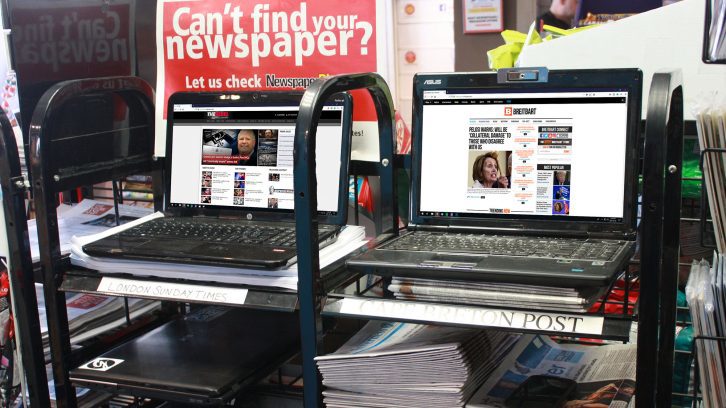In 1973, the most notable thing about the Ottawa press gallery office was that it wasn’t notable.
Parliament sat until 10 o’clock at night. Reporters had to stay in the building to get the stories. One night, a press release came to the office, and a Canadian Press reporter noticed it seemed to be missing a line. It was late, but she called the office of the minister to flesh out the story. Marc Lalonde, the minister at the time, answered the phone.
“Well, I’m the minister, I guess I should be able to answer your question, but I don’t have the information,” said Lalonde. He looked up the information and passed it on. Lalonde was annoyed by the call – not because a journalist reached him, but because the press release was missing information that should have been included.
The most remarkable part of that evening was the view of the Ottawa River. The most remarkable part of that story today is that a minister answered the phone.
Reporting on politics has changed drastically since then. Reporting on policy remains complex, but the speed with which information travels, and the ability for anyone to have a website or Twitter account, means there has been a shift in political reporting.
“You can go to any website you want to and get what you agree with,” says Brian Gabrial, professor emeritus of journalism history at Concordia. “Just like in the 1800s you could find a newspaper you agreed with.”
Journalists today must carve out a market for themselves in the age of the new electronic partisan press.
Brief history
The printing press came to Nova Scotia in 1751. In a small shop on Grafton Street, John Bushnell on March 23, 1752 printed the first issue of the Halifax Gazette. He set the copy in Caslon type, smoothed and applied the ink, pressed the damp pages and let them dry. It was time-consuming and expensive work; debt dogged Bushnell’s life in Halifax.
When the industry first started, printers created newspapers. These men relied on what business came to them. Advertising helped keep the candles lit, but the main source of income was government subsidies and printing government content. Printers sometimes had owners who were politicians.
The business model of the press in the early days looked like the business model of the marketing companies involved in the Liberal sponsorship scandal. Except that it wasn’t a scandal, just how business was done. It was the era of the partisan press.
The internet has created a new partisan press. Bulky, clunky printing presses are no longer required to share information. To create and share information today requires a cell phone, some free time and a bit of WiFi. Anyone can create a Twitter account, Facebook page or YouTube channel. Having a website costs less than $20 a month.
Electronic platforms have replaced paper. Online it’s harder to tell what is news and what is partisan. A well-made website gives even the craziest ideas a veneer of legitimacy. Anyone with an Internet connection can find whatever information they desire. If someone wants fact-driven, unbiased reporting, they can get it. If they want fact-flexible, biased reporting to confirm a belief they have, well, they can get that too.
Political advantage
Michelle Rempel is sitting on the floor in front of a couch. She looks down at her lap, sighs and then looks into the camera before speaking. She’s making a video for her YouTube channel. Her YouTube channel has 20,000 followers. The National Post has 22,000.
Politicians used to rely on journalists to get their message out. Granting interviews, appearing on talk shows, message discipline, giving information on background – aka leaking – were the tools politicians relied on to be heard and understood. How the message was received and told was at the discretion of the journalist.
Continue reading this story on the Signal, where it was originally published.
Matt is a 10-year veteran of the Royal Canadian Navy turned journalist. Writer. Audiographer. Sports enthusiast. Stopper vulcanized rubber projectiles.

